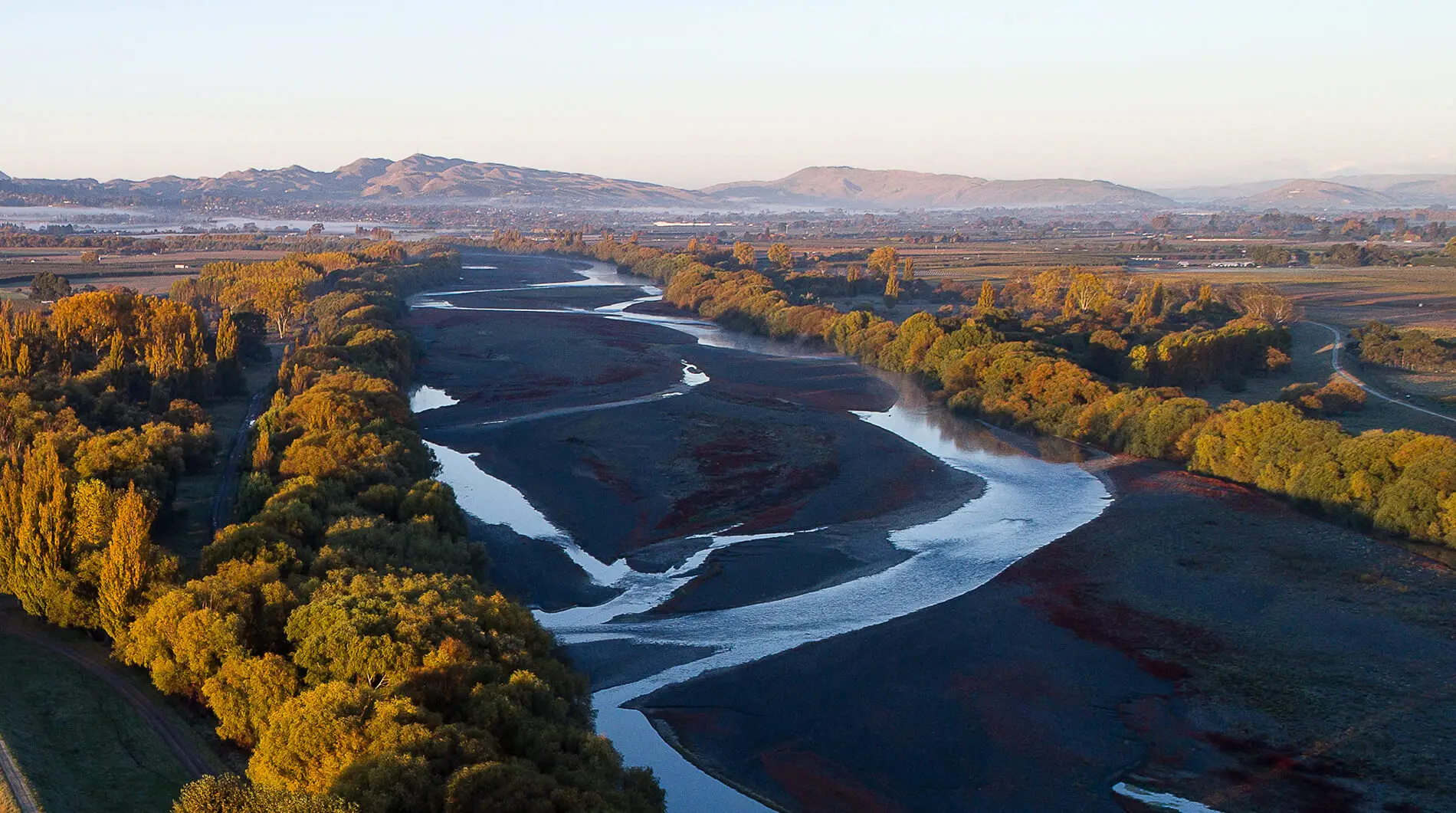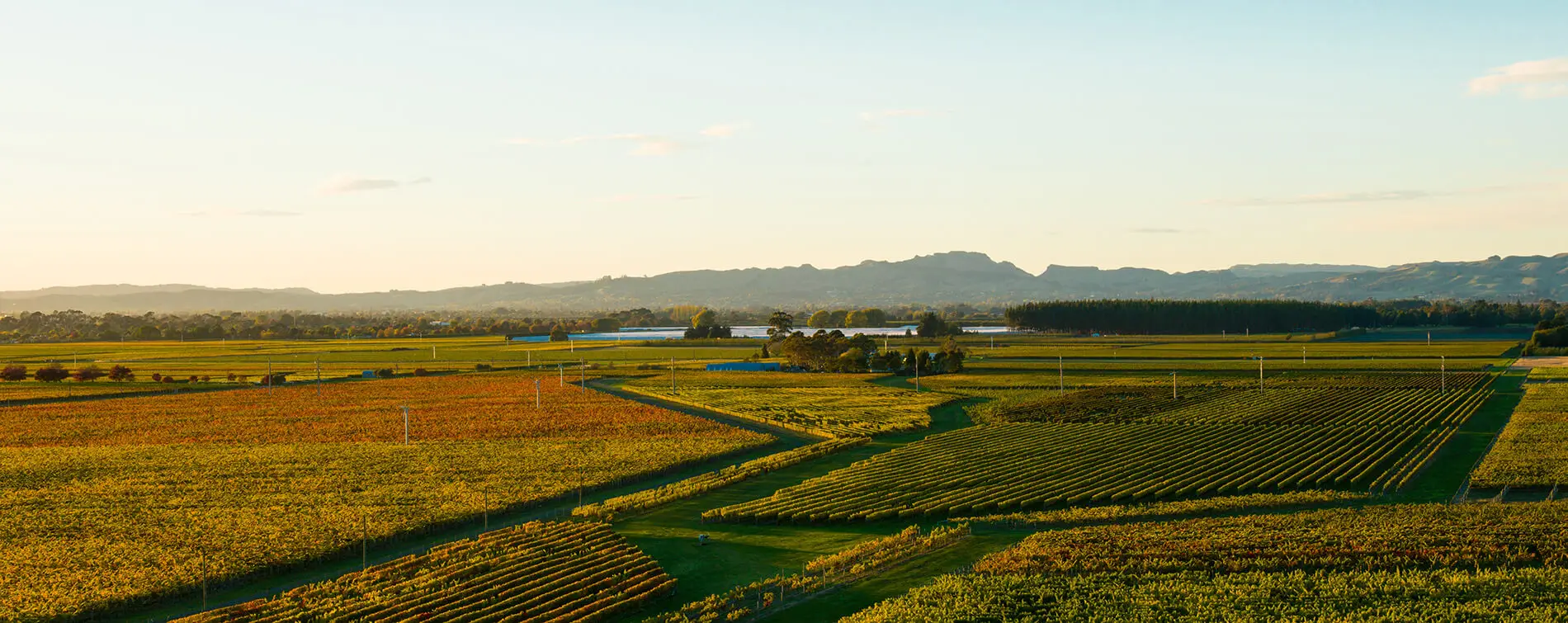Soil Types
Home » Our Region » Soil Types
Mountain ranges, wide river plains and a curving pacific coastline has given our soil a diversity that shows itself in every one of Hawke's Bay's 38 wine varieties.
Planting is dense and growth abundant across the free-draining alluvium plains, while the range of altitude from sea level to several hundred metres inland creates a range of low vigour vineyard sites ideal for a diverse range of wine varieties.
Our oldest soil sits in the famous Gimblett Gravels and Bridge Pa areas, where red metals and arid, stony ground sits over low fertile, free draining alluvium deposit or eroded ash, loess and underlying sediments.
A little further east, Havelock North and Hastings offer loamy clays, while close to the coast at Te Awanga and Eskdale, a sandier substrate adds its signature.
Inland vineyards sit on terraces beneath the Kaweka and Ruahine mountain ranges, where uplifted grewacke rock has broken down over five million years to form soil with rounded gravels, sand, silt and clay.
A cyclone in 2023 has added to the complex silt profile in some river valleys and growers are adapting to this new chapter in the story of Hawke’s Bay’s rich and fruitful soil history.


